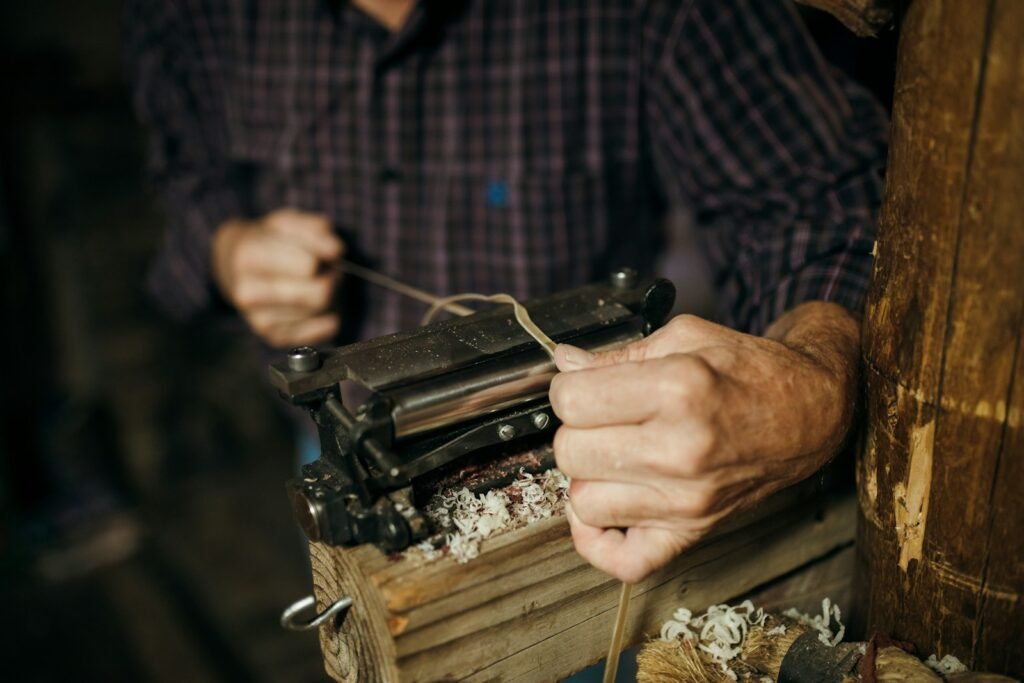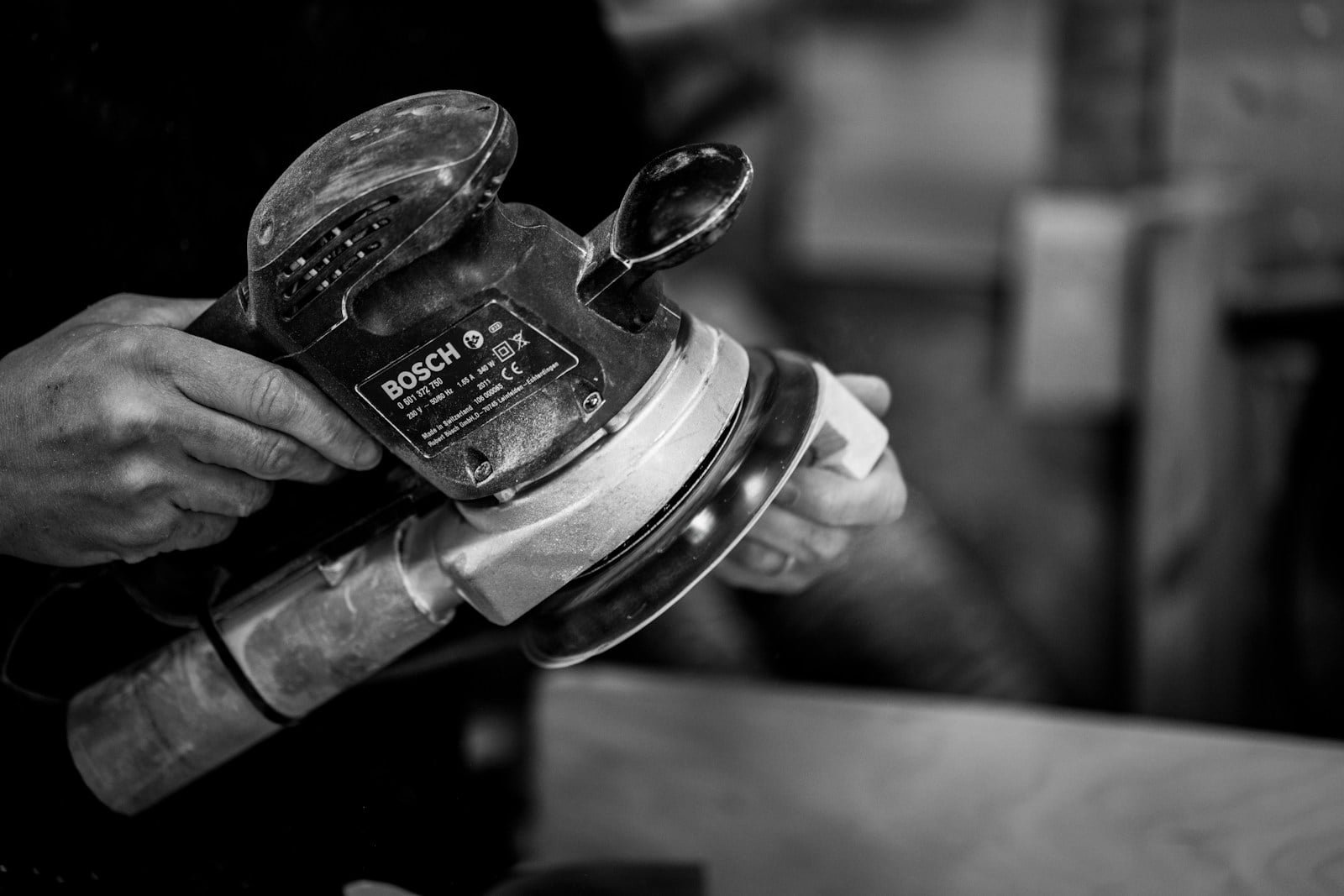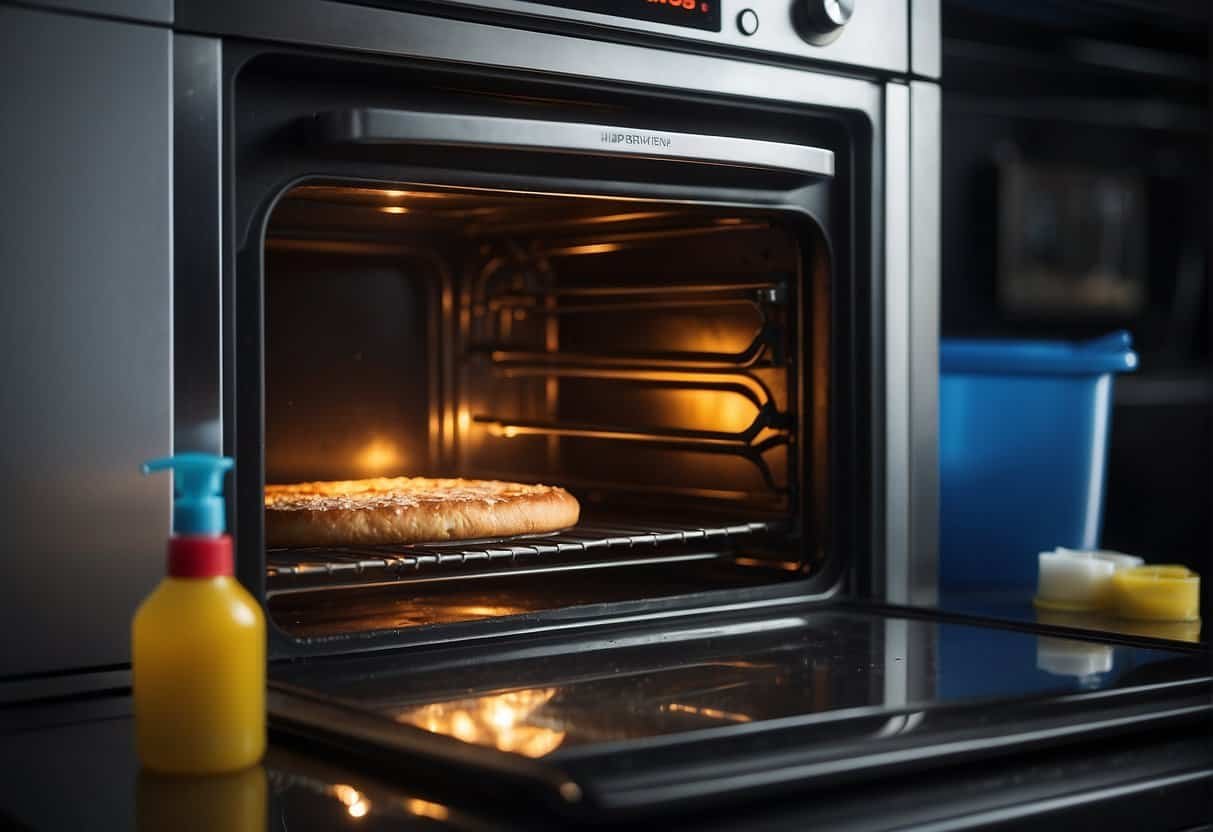Embarking on your DIY journey with sander is thrilling, but choosing the right tools can feel overwhelming, especially for beginners. Even after several house renovations, I still feel like a DIY newbie, so I totally understand how confusing it can be to know where to start. One of the most frequently asked questions I get on Instagram is: “What’s the best sander for beginners?”
Let’s dive into the best beginner sanders and find the perfect fit for your DIY projects!

Table of Contents
Let’s break it down and help you find the perfect sander to kickstart your DIY journey!
Mouse Sander: Black & Decker 55W Mouse Detail Sander (240V)

If you’re just starting out and don’t want to spend a fortune, the Black & Decker Mouse Detail Sander is a great beginner-friendly tool. It’s budget-friendly, and its unique triangular shape makes it perfect for sanding furniture, corners, and other tight spots.
- Comfortable Design: Shaped like a computer mouse, it’s lightweight and easy to hold, perfect for longer projects where comfort is key.
- Limitations: While it’s great for smaller projects like shelves or prepping furniture, its low power makes it less suited for large, intensive sanding jobs. If you need to strip back large pieces of wood, you might find it slow going.
- Best Use: Ideal for delicate tasks like window frames, intricate details, or small metal parts where precision is critical.
Though it’s the least powerful sander of the three, it’s a versatile tool that served me well through my first two renovations!
Multi-Tool: DeWalt 18V XR Cordless Multi-Tool

If versatility is what you’re after, the DeWalt Cordless Multi-Tool is a must-have. Equipped with interchangeable blades and sanding pads, this tool can tackle a wide variety of DIY jobs.
- Compact and Precise: The small triangular sanding head is perfect for tricky spots like edges, corners, and tight spaces that other sanders can’t reach.
- Portability: It’s cordless, lightweight, and comes with an LED light to help illuminate those awkward spaces. Plus, it’s incredibly easy to swap out attachments for different tasks.
- Best Use: While not suitable for large surface sanding, it’s a lifesaver for detail work—think kitchen pipes or peg rails!
Key Tips for Sanding Like a Pro
- Choose the Right Sandpaper: Make sure your sandpaper fits your sander and use the right grit for the job. For furniture restoration, start with a coarse 40-grit and work up to a fine 240-grit for a smooth finish. For lighter prep, a single pass with 120-grit works wonders.
- Replace Sandpaper Often: Worn-out sandpaper is inefficient. Keep an eye on it, and switch it out regularly for best results.
- Safety First: Sanding can get loud and messy. Always wear ear defenders, protective glasses, and a dust mask. If possible, work outside or in a well-ventilated space.
- Dust Extraction: Reduce cleanup by attaching your sander to a vacuum. Look for adapter attachments online that match your sander and vacuum brands.
Final Thoughts
Choosing the right sander depends on your project needs and budget. The Black & Decker Mouse is perfect for small jobs, the DeWalt Orbital Sander offers power for larger surfaces, and the DeWalt Multi-Tool is your go-to for precision work. No matter which you pick, they’ll serve you well as you tackle DIY projects around your home!
If you’re still unsure or have more questions, feel free to drop them in the comments—there’s no such thing as a silly question when it comes to DIY!










